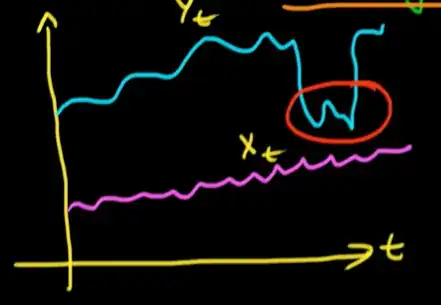I have BMI divided into quartiles. I fitted two cox regression models that included BMI as a categorical and continuous variable respectively. Now I want to plot the hazard ratio of categorical BMI and linear BMI in the same plot to visualize if the linear BMI running within the 95% confidence interval of the categorical BMI to decide which form of BMI to use.
I'm not sure how to plot the categorical BMI, should I plot it using the mean or median of each quartile of BMI or plot it like the stepwise function?
